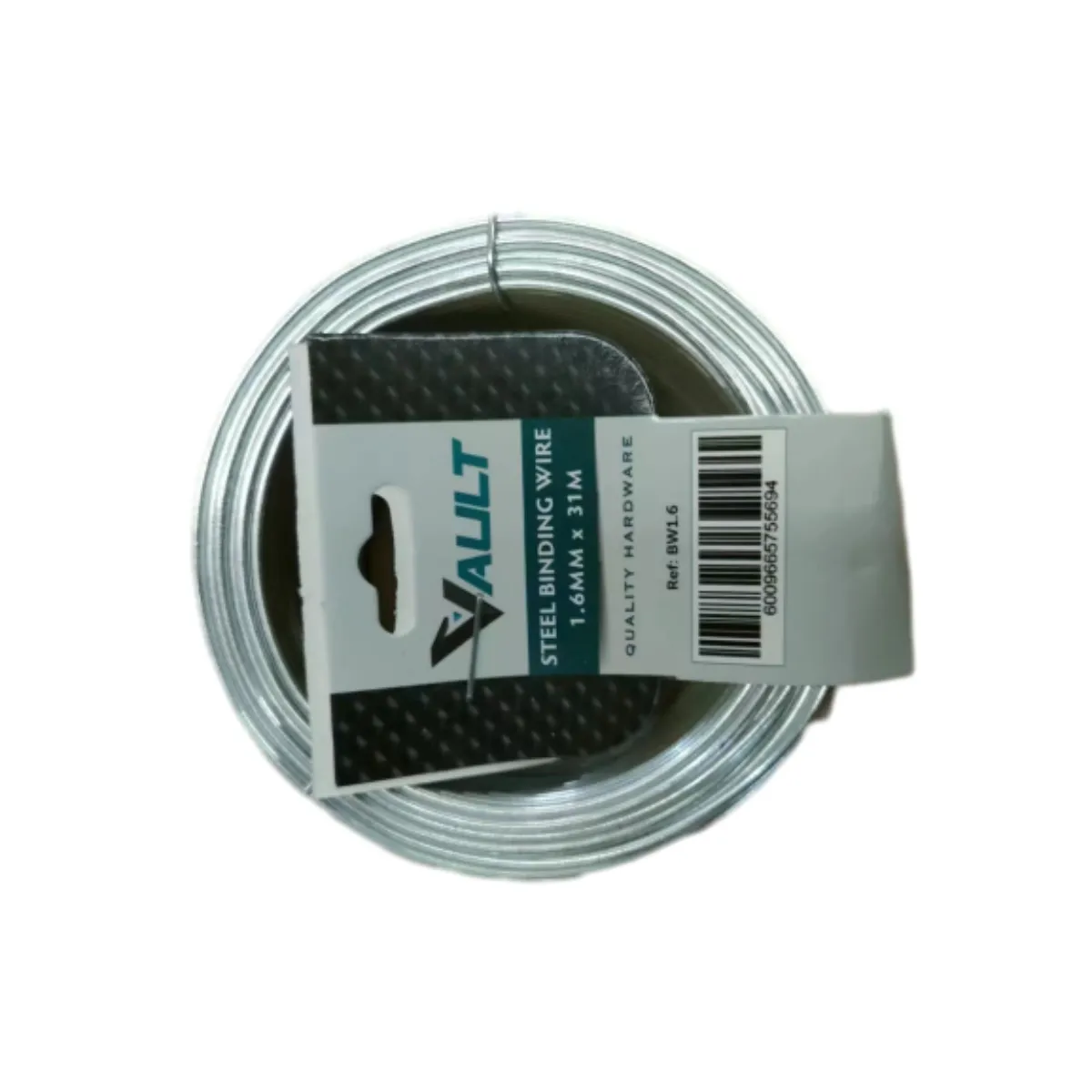10 月 . 21, 2024 17:35 Back to list
Cost Analysis of Barbed Wire Fencing for Agricultural and Security Purposes
Understanding the Cost of Barbed Wire Fencing
When it comes to fencing options for agricultural, residential, or commercial purposes, barbed wire fencing stands out as one of the most popular choices. Its effectiveness and affordability make it a go-to solution for many property owners. However, understanding the overall costs involved in installing barbed wire fencing can be complex. This article will explore the various factors that influence the cost of barbed wire fencing, helping you make an informed decision.
Basic Cost Components
1. Materials The primary cost of barbed wire fencing is driven by the materials themselves. Barbed wire typically comes in rolls and is measured by gauge. The thickness of the wire (gauge) will impact the cost; thinner wires are usually less expensive but may not be as durable. A 12.5-gauge wire is generally robust and more commonly used for fencing livestock, while 14-gauge wire is lighter and less costly.
On average, the cost of barbed wire can range from $0.10 to $0.50 per foot. Additional materials such as wooden or metal posts, fencing staples, and other hardware should also be considered. Depending on the quality and type of posts you choose, the costs can vary significantly, with wooden posts typically priced between $3 to $10 each and metal posts ranging from $4 to $15.
2. Labor Labor costs can significantly increase the total expenditure. Installation of barbed wire fencing is labor-intensive and requires significant expertise to ensure durability and effectiveness. If you decide to hire professionals, labor costs can range from $1 to $3 per linear foot, depending on the complexity of the terrain, the height of the fence, and the experience of the contractors.
3. Terrain and Location The type of terrain where the fencing is to be installed can greatly affect the installation costs. Rough, uneven, or rocky landscapes may require additional time and effort to install the fence properly, which will increase labor costs. Furthermore, if you live in an area where transportation costs for materials are higher, this can also add to the overall expense.
4. Permitting and Regulations Depending on your location, you may need to obtain permits before installing a fence. This is particularly important if the fence is intended to enclose livestock or if it borders public land. Permit fees can vary widely but should be factored into your budget.
barbed wire fencing cost

5. Maintenance Costs While barbed wire fences are generally low maintenance, they do require periodic checks and repairs, especially in areas with high wildlife activity or extreme weather conditions. Budgeting for ongoing maintenance is crucial to ensuring the longevity of your fence.
Sample Budget Breakdown
To give an idea of the total costs involved, let’s break down a hypothetical project for a 1,000-foot barbed wire fence
- Barbed Wire 1,000 feet x $0.25 per foot = $250 - Wooden Posts 100 posts x $5 each = $500 - Labor 1,000 feet x $2 per foot = $2,000 - Miscellaneous Hardware and Materials approximately $300 - Permits $100
Total Estimated Cost $3,150
Conclusion
In summary, the cost of barbed wire fencing can vary widely based on materials, labor, terrain, and other factors. When planning your project, it’s essential to perform thorough research and obtain multiple quotes from suppliers and contractors. By understanding the components that contribute to the overall cost, you can make informed decisions and create an effective fencing solution that meets your needs while staying within your budget. Whether you're enclosing livestock, securing property lines, or managing wildlife, a well-planned barbed wire fence can offer a durable and cost-effective solution.
-
Secure Your Roof with Quality Roofing Nails
NewsNov.04,2024
-
Secure Your Property with Quality Field Fencing
NewsNov.04,2024
-
Enhance Your Space with Quality Mesh Fencing
NewsNov.04,2024
-
Discover the Versatility of Iron Wire for Your Projects
NewsNov.04,2024
-
Discover the Versatility of Common Nails for Your Projects
NewsNov.04,2024
-
Discover Quality Hydraulic Fittings for Your Applications
NewsNov.04,2024









